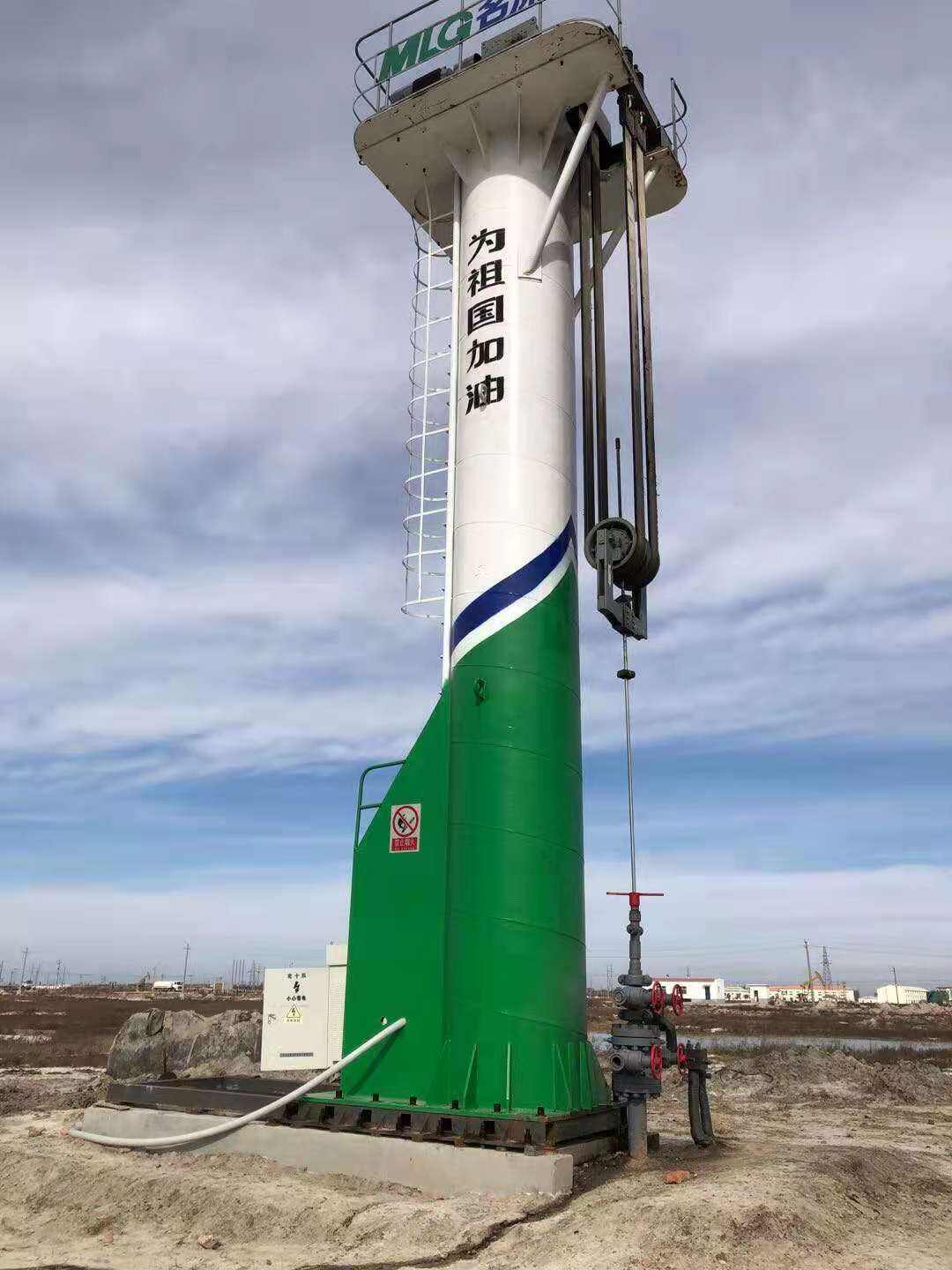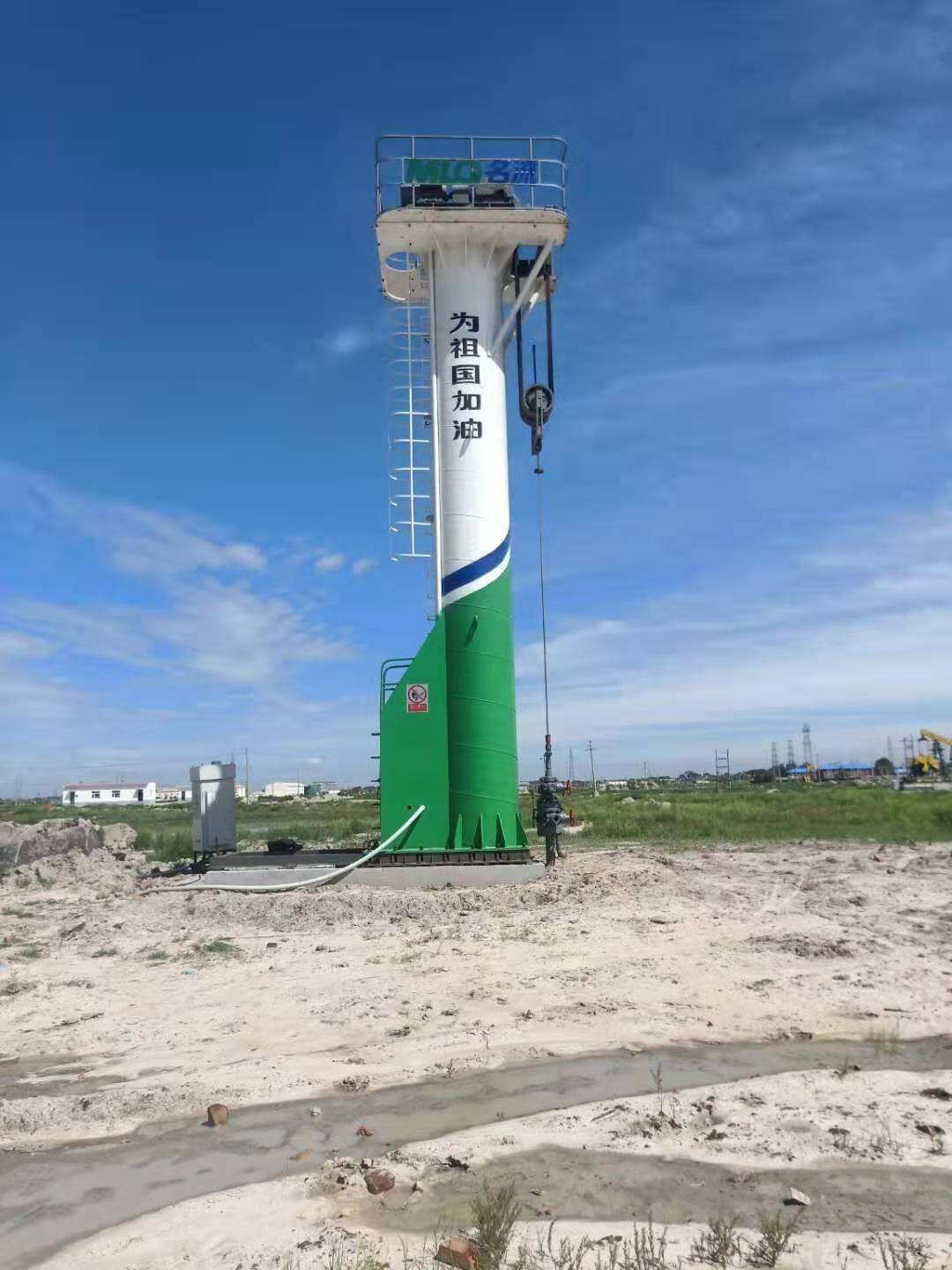
A hydraulic pumping unit for oil wells is an advanced solution for oil extraction, leveraging hydraulic power for efficient operation, and Shandong Mingliu Pump Technology Co., Ltd. has the technical prowess to deliver such units. A hydraulic pumping unit for oil wells offers advantages like adjustable speed and high lifting capacity, making it suitable for complex well conditions. Mingliu's experience in manufacturing various pumps, including high-pressure ones, enables them to produce hydraulic pumping units for oil wells with precise hydraulic control. As a first-tier CNPC supplier, they understand the oil industry's needs, ensuring their hydraulic pumping unit for oil wells meets the reliability and performance requirements of major oilfields. The hydraulic pumping unit for oil wells from Mingliu would integrate with their energy-saving control cabinets, optimizing energy usage and reducing operational costs. With export capabilities to regions like the Middle East, their hydraulic pumping unit for oil wells is designed to adapt to different climatic and operational conditions, providing a versatile solution for oil well extraction.

Copyright © 2025 by Shandong Mingliu Industrial Group Co., Ltd